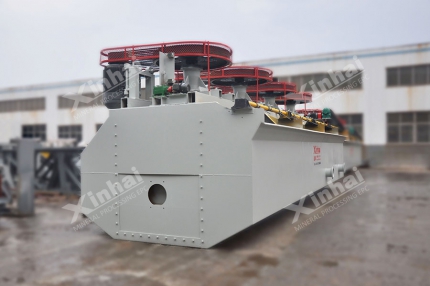When flotation scheelite, in addition to flotation technology, attention should also be paid to the use of flotation reagents. Scheelite flotation agents mainly include collectors, inhibitors and regulators. This article mainly describes the collectors and regulators used in the flotation of scheelite. Different types of flotation reagents have different effects. This article will introduce these reagents in detail to help you understand these scheelite flotation reagents.
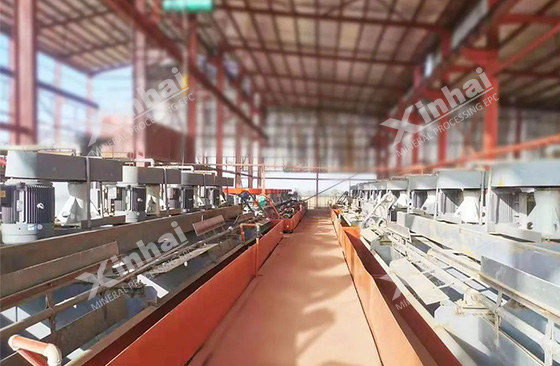
Use the table of contents below to navigate through the guide:
01Scheelite flotation agent collector
(1) Fatty acid collectors
Common fatty acid collectors mainly include oleic acid, sodium oleate, 731 oxidized paraffin soap and tall oil.
Oleic Acid: Oleic acid is an unsaturated fatty acid, which is often used as a fatty acid collector for scheelite. It can be adsorbed on the surface of tungsten minerals, combined with air bubbles, and promote the tungsten minerals to float up to the flotation liquid surface, thereby realizing flotation separation.
Sodium Oleate: Sodium oleate is the sodium salt form of oleic acid, which has better water solubility, so it is often used as a scheelite fatty acid collector in some flotation processes.
731 oxidized paraffin soap: 731 oxidized paraffin soap is a sodium salt of fatty acid containing oxidized paraffin groups, and is also commonly used as a collector in tungsten ore flotation.
Tar Oil: Tar Oil is a complex mixture usually extracted from the by-products of the wood charring process. It is also used as one of scheelite fatty acid collectors.
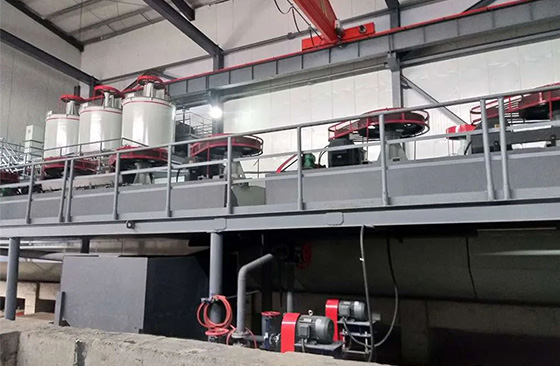
(2) Chelating collectors
Different from fatty acid collectors, chelating collectors refer to compounds that can form stable complexes with metal ions. In the flotation process of scheelite, chelating collectors can undergo complexation reaction with metal ions on the surface of scheelite, thereby changing the surface properties of the mineral, promoting the combination of scheelite and air bubbles, and realizing flotation separation
Hydroxamic acid and its salts are good chelating collectors with high selectivity. Hydroxamic acid collectors can be divided into two categories; one is alkane hydroxamic acid; the other is aromatic hydrocarbon hydroxamic acid.
(3) Combined collector
Scheelite flotation mostly uses fatty acid collectors such as sodium oleate. Although it can achieve good flotation results, it is difficult to use fatty acid collectors alone for skarn-type scheelite deposits with complex components. Separation of scheelite and calcium gangue. Chelating collectors have good selectivity, but the synthesis steps of chelating agents are more complicated and the cost is higher. Flotation of scheelite with chelating collectors alone is rarely used in actual production, and fatty acid collectors are often required common use. When fatty acid collectors and chelating collectors are used together, there will be a synergistic effect between the agents, which not only improves the collection capacity of the agents, but also improves their selectivity and reduces the amount of agents used.
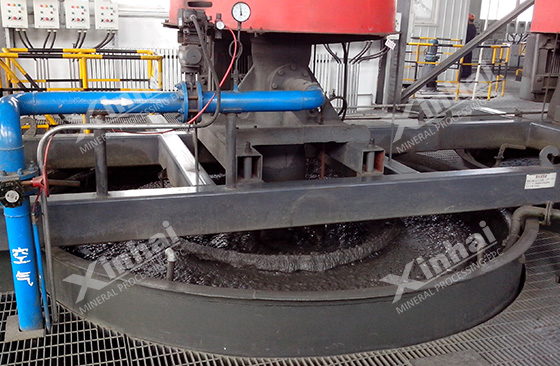
02Scheelite flotation agent regulator
(1) pH adjuster
Commonly used pH regulators are mainly sodium carbonate and sodium hydroxide. When the fatty acid collector is used to collect the concentrate, sodium carbonate can eliminate the influence of harmful ions in the pulp, and at the same time disperse the slime, weaken or eliminate the adverse effects of the slime. The role of sodium carbonate or sodium hydroxide in the flotation process is mainly caused by changing the H+or OH-solubility in the liquid phase and the surface properties of certain minerals.
(2) Organic inhibitors
Tannin, starch, dextrin, sodium lignosulfonate, carboxymethyl cellulose, sodium humate, tartaric acid, and citric acid are organic inhibitors. Tannin is an effective inhibitor of gangue minerals such as calcite and dolomite; carboxymethyl cellulose is an effective inhibitor of gangue minerals such as calcite, dolomite and hornblende and a flocculant for ore slime.
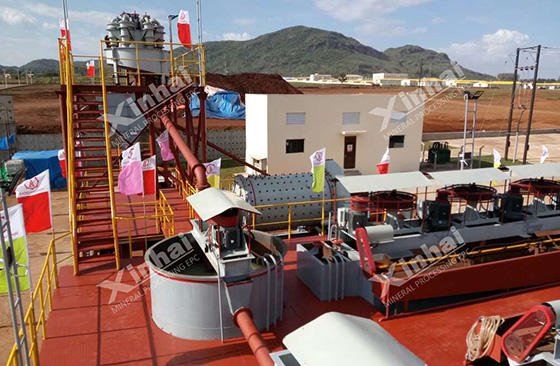
(3) Combination inhibitors
For scheelite deposits with complex ore properties, scheelite usually coexists with calcium-containing gangue minerals such as calcite and fluorite, and it is difficult to effectively separate them with a single inhibitor. A large number of experiments have shown that the combination of water glass and other inhibitors, It can strengthen the suppression of calcium-containing gangue, so as to realize the flotation separation of scheelite minerals and calcium-containing gangue minerals.
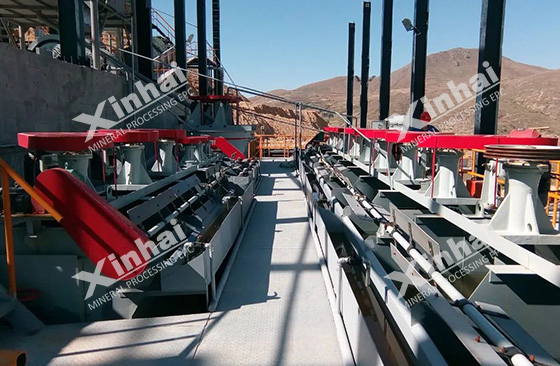
The above content is the types of collectors and regulators used in scheelite flotation. The choice of specific flotation agent should be determined according to the beneficiation process and characteristics of the ore. Xinhai Mining supports mineral processing test analysis for ore, and customizes the design of scheelite flotation process and flotation agent system according to the test results. Xinhai Mining is committed to providing "Turnkey Service for Mineral Processing Plant (EPC+M+O)", providing customers with customized dressing plant services and mine operation services.


 marketing@ytxinhai.com
marketing@ytxinhai.com  0086 13810327080
0086 13810327080 

































































































 CHAT
CHAT MESSAGE
MESSAGE




